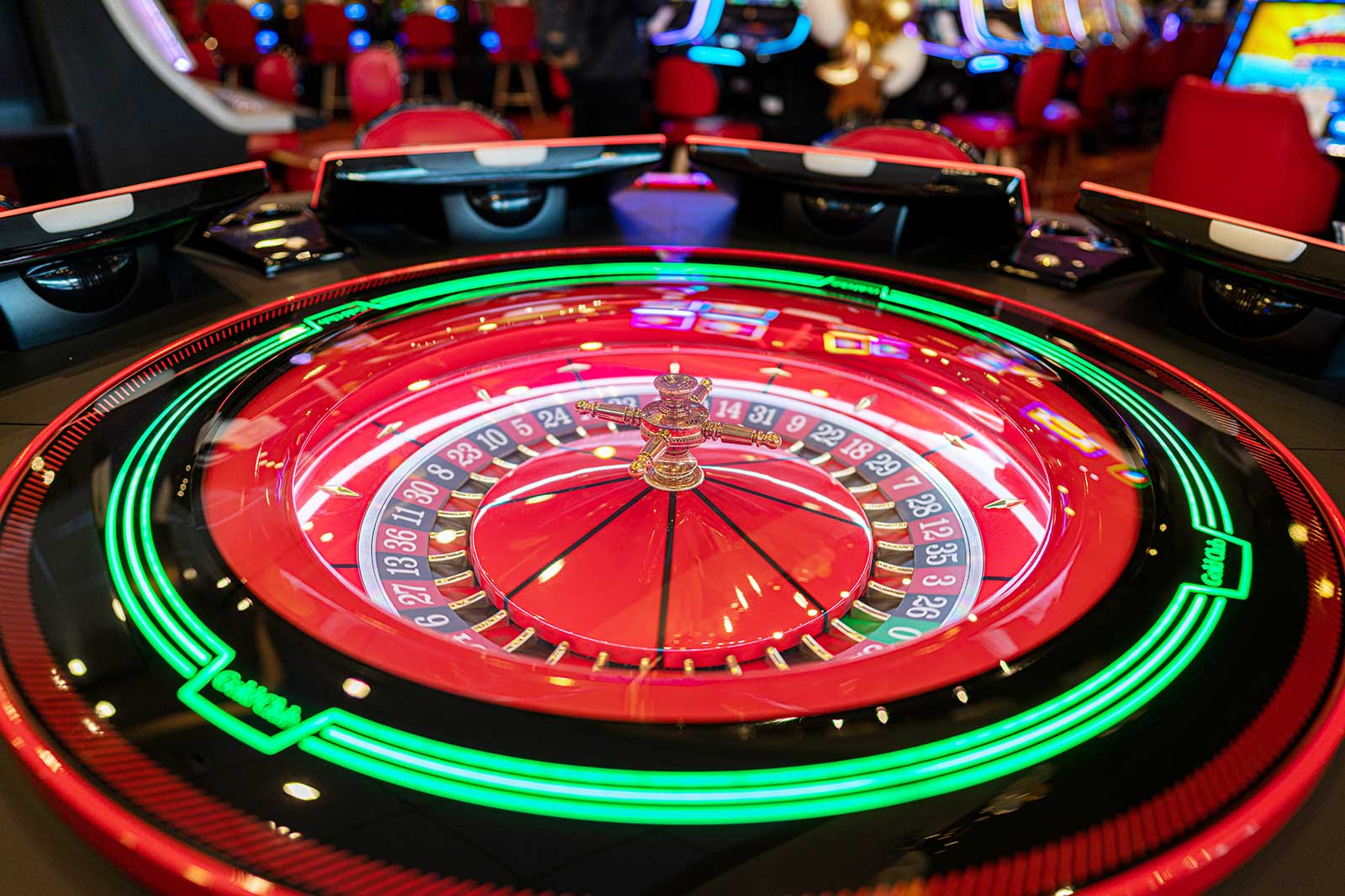Inside Look: The Process of Gambling Games Created

Behind the glittering lights and the enticing sounds of rotating reels lies an dynamic realm in which creativity meets mathematics: the creation of games of chance. While players flock to gaming establishments seeking thrills plus the possibility of winning big, a vast amount of work takes form behind closed doors to create the games for their enjoyment. From the initial concept to the ultimate product that players engage with, numerous elements come together to ensure a captivating gaming experience.
Creators, technicians, plus game developers work together to combine cutting-edge technology with enthralling gameplay mechanics. Every aspect, from visuals and audio elements to odds plus payouts, is meticulously crafted to draw in players plus keep them entertained. Understanding the intricate process of the way casino games are made reveals not only the technical expertise involved but also the artistic vision that transforms these engaging experiences to life.
Casino Game Design Process
The game process begins with brainstorming and concept development, where creators generate concepts for innovative casino games. This initial phase often involves identifying potential audiences and understanding market trends. Designers take into account elements like game mechanics, themes, and payout structures to develop an engaging experience. Collaboration between game designers, mathematicians, and artists is essential to ensure a balanced concept.
Once a concept is chosen, the next stage entails creating prototypes and testing. Designers build a functional version of the game to assess its playability and mechanics. This allows for adjustments and refinements based on feedback from testers. Reiteration is vital, as designers may go through multiple rounds of evaluations to optimize gameplay balance and user experience. This phase is crucial for spotting any potential issues before the game goes into production.
After testing, the game moves into the development phase and production. This comprises the technical aspects of coding the game software, integrating graphics, and ensuring compliance with gaming regulations. Quality assurance testing ensures that the game functions seamlessly across various platforms and devices. Once everything is refined, the game is prepared for launch, often accompanied by marketing strategies to attract players and generate excitement around the latest casino game.
Tech and Advancement
The evolution of casino games has transformed significantly with advancements in tech. Modern game design often includes high-quality graphics, captivating sound effects, and dynamic animations that provide a captivating experience for gamers. Game developers use complex software tools and programming languages to build these immersive gaming experiences. Additionally, the use of RNGs ensures equity and unpredictability in outcomes, which is crucial for ensuring player trust and compliance with gaming regulations.
In recent years, the rise of online casinos has expanded the boundaries of game development even further. Developers are now able to design games that appeal to a worldwide audience, integrating features such as live dealer options and virtual reality environments. This shift has encouraged new ideas, leading to novel game mechanics and formats that enhance player engagement. Ga179 Mobile gaming has also become a major focus, encouraging developers to optimize games for smartphones and tablets, ensuring availability and convenience for players on the go.
Collaboration among creators, artists, and mathematicians is crucial in the creation process. Each team contributes their expertise to ensure games are not only aesthetically pleasing but also mathematically sound and enjoyable. The integration of player feedback during beta testing allows developers to enhance game features and functionalities, ultimately leading to a favorable launch. As technology continues to advance, the potential for innovative game concepts and experiences is endless, promising an enticing future for casino games.
Assessing and Quality Assurance
Once a casino game has been created, it moves into the essential phase of evaluation and quality control. This stage ensures that the game operates seamlessly and provides a just experience for users. Teams conduct thorough tests, including functionality checks to verify that all game features work as expected. Each element, from visuals to audio, is evaluated to ensure quality benchmarks are met.
In addition to functionality testing, the game entails stringent compliance checks to meet compliance requirements. Different jurisdictions have specific regulations governing game fairness and player protection. Quality assurance teams will verify that the random number generators are working correctly and that the game's payout percentages match with industry standards. This thorough examination helps build trust with players and authorities alike.
Finally, user testing may be conducted with genuine players to obtain opinions on user experience. This critical insight allows developers to execute necessary adjustments before the official launch. Addressing any likely issues recognized during this phase helps ensure that users will experience a seamless, captivating experience when the game goes live. The commitment to quality reflects the industry's dedication to delivering enjoyable and trustworthy casino games.
